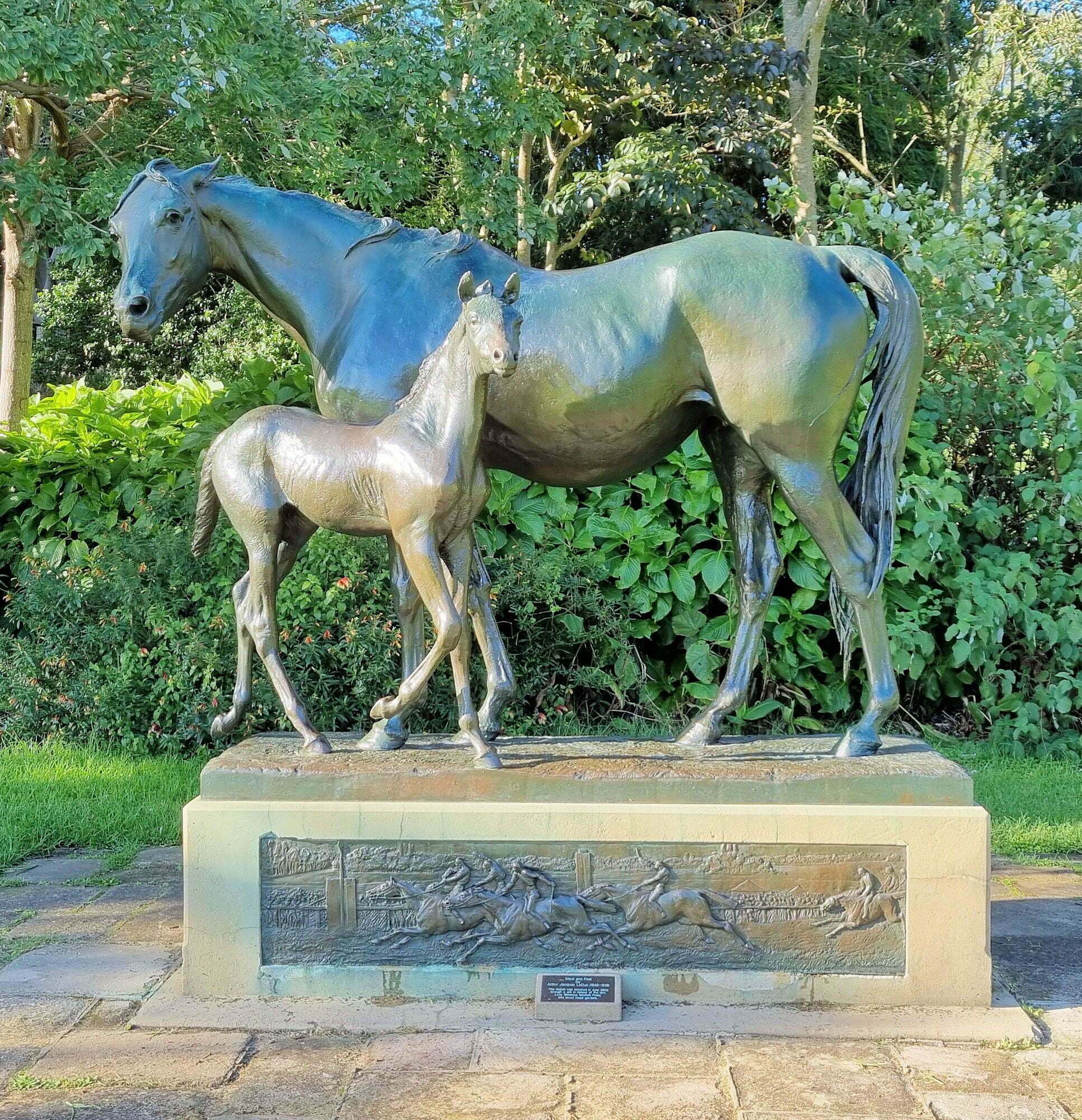Tag: Sydney
-
Headland Park Walking Track

Headland Park Walking Track The Headland Park Walking Track is a scenic and historic trail that runs from Balmoral Beach to Georges Head in Mosman, Sydney, Australia. The walking track is approximately 4.5 kilometers in length and offers stunning views of the harbour and surrounding coastline. The portion we walked was approximately 2 kilometers long.… Read more
-
Sub Base Platypus Sydney

Sub Base Platypus Sydney Sub Base Platypus is a unique site located in Neutral Bay, Sydney, Australia. The site has a rich history dating back to the early 1900s when it was originally used as a gasworks site. In the early 1960s, the site was acquired by the Royal Australian Navy (RAN) and used as… Read more
-
Statues Royal Botanic Garden Sydney

Statues of the Royal Botanic Garden Sydney Besides plants and trees, the Royal Botanic Garden in Sydney contains many varied and interesting statues. Many are from the early days of the garden when statues formed a major part of its display. Unfortunately removed in large numbers as the gardens developed, many still remain adding to… Read more